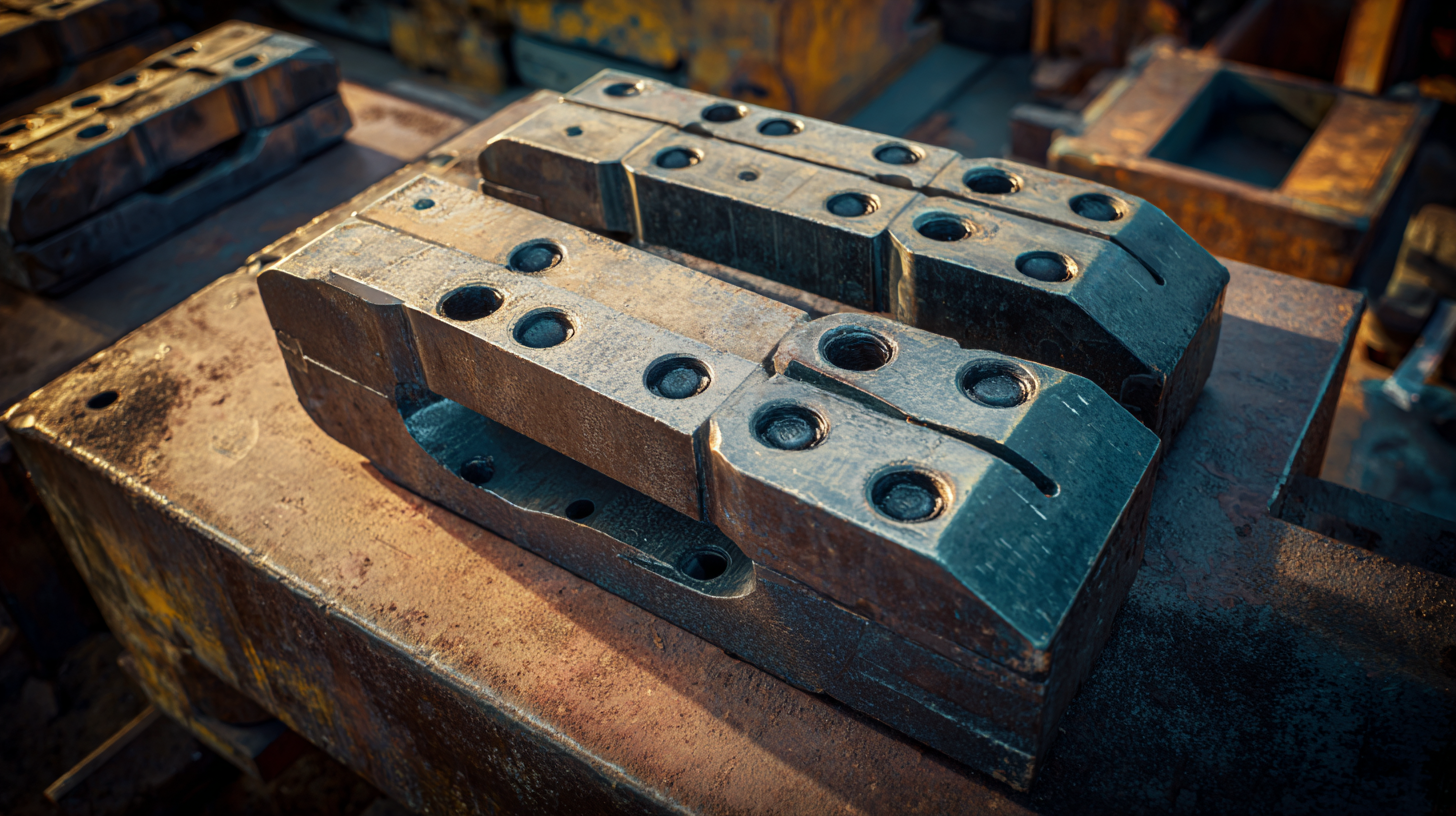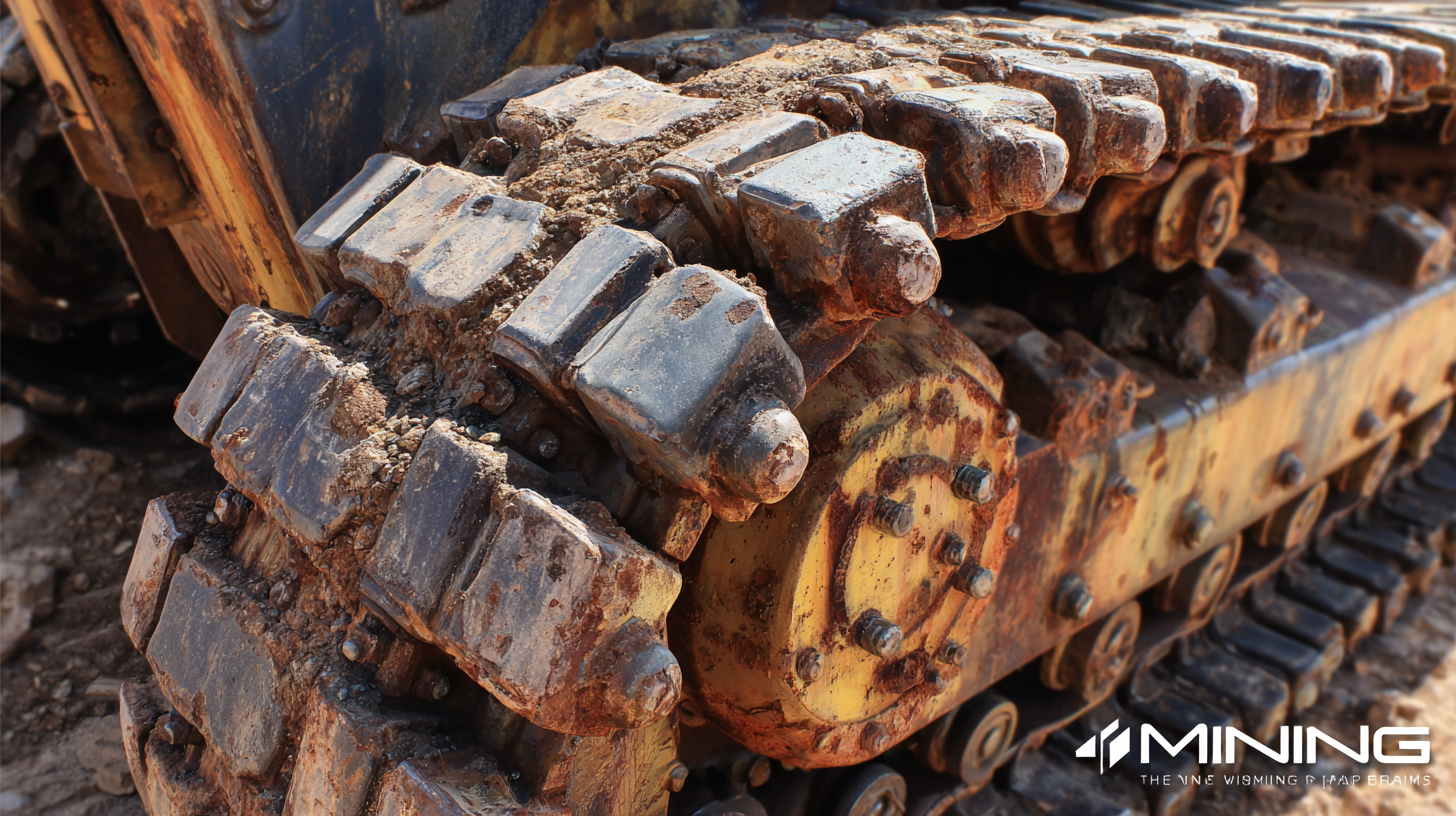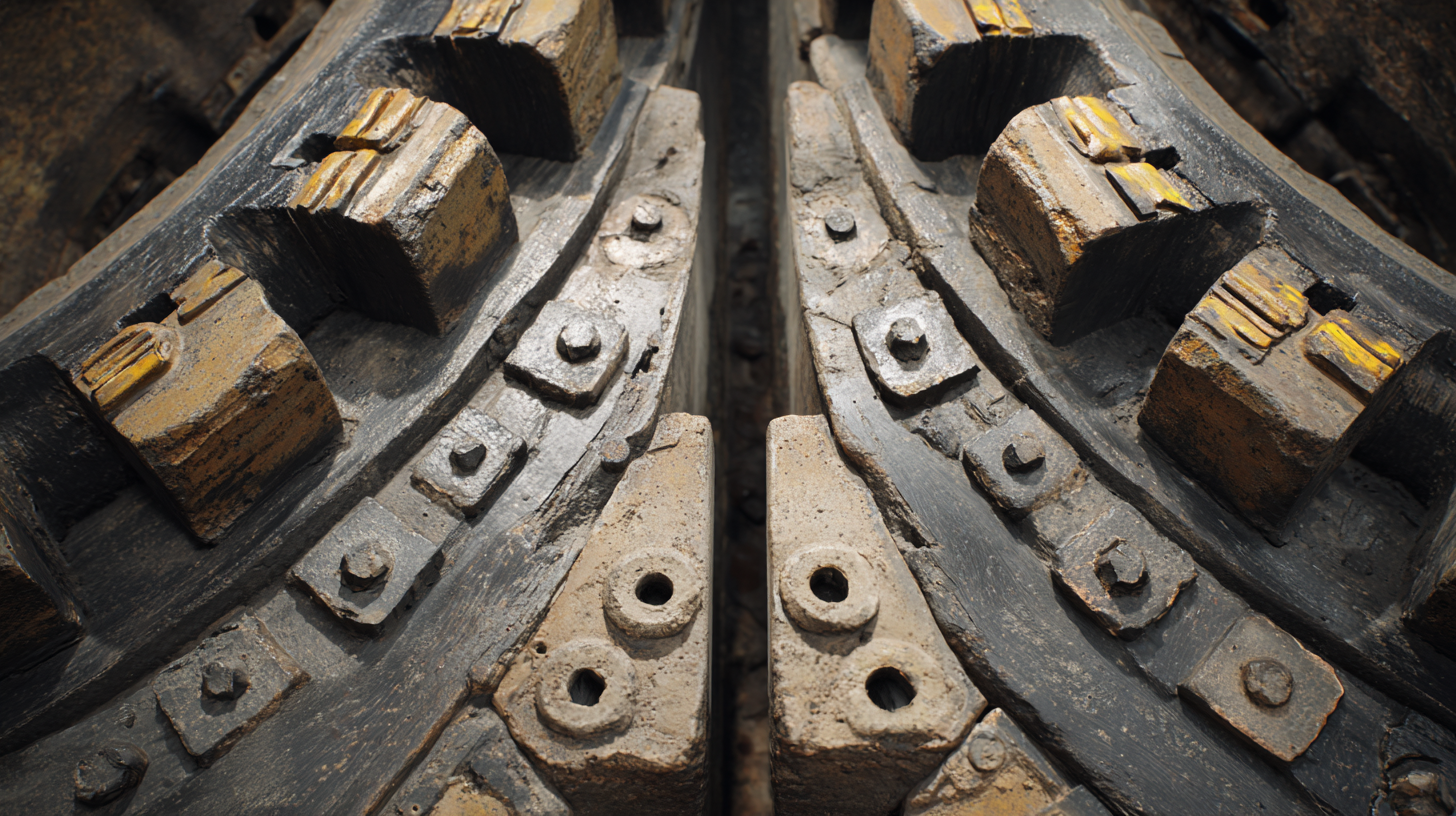When it comes to maximizing efficiency and productivity in mining operations, selecting the right equipment is paramount. Among the various components that play a crucial role in this process, Mining Machinery Jaw Plates stand out as essential elements that directly impact the performance of crushing machinery. These plates are not only responsible for the effective breakdown of materials but also for ensuring durability and reliability under demanding conditions. However, with numerous options available in the market, choosing the best Mining Machinery Jaw Plates can be overwhelming. This blog aims to provide you with the ultimate checklist, focusing on key factors such as industry production standards, material quality, and compatibility with existing machinery. By understanding what to look for, you can make informed decisions that enhance your mining operations and lead to greater operational success.

When it comes to mining machinery, jaw plates play a crucial role in the efficiency and longevity of the equipment. However, these components are prone to wear and tear, making it essential for operators to identify early warning signs of deterioration. Common issues such as unusual noises, decreased performance, and visible cracks on the plates can indicate that it’s time for maintenance or replacement. Ignoring these signs can lead to significant downtime and costly repairs, impacting overall productivity.
In addition to the audible clues and visible damage, operators should also monitor the output of their machinery regularly. A sudden drop in output can often be linked to worn jaw plates. Furthermore, uneven wear patterns can create problematic crushing operations, leading to inefficient material processing. Conducting routine inspections and understanding the common issues associated with jaw plates ensures that any potential problems are caught early, allowing for timely intervention and smooth operations in the mining process.
When selecting jaw plates for mining machinery, understanding material wear and its impact on lifespan is crucial. According to industry reports, the average lifespan of jaw plates can range from 1,000 to 8,000 hours, depending heavily on the material used and the operating conditions. High-quality manganese steel alloys tend to offer better wear resistance and longevity, often exceeding the typical lifespan significantly in optimal conditions. Studies indicate that choosing the right alloy can reduce costs associated with frequent replacements, as wear rates vary considerably between materials.
Additionally, monitoring wear patterns can provide insights into the replacement needs of jaw plates. A report published by the International Journal of Mining Science and Technology notes that regular inspections and wear assessments can lead to a 30% reduction in operational downtime. Implementing a predictive maintenance strategy, supported by data analytics, allows mining operations to anticipate wear and schedule replacements effectively, thus maximizing productivity and minimizing unexpected failures. This data-driven approach not only extends the life of jaw plates but also enhances overall operational efficiency in the mining sector.

When selecting jaw plates for mining machinery, understanding the impact of design flaws on performance is crucial. Design flaws can range from poorly calculated dimensions to inadequate material selection, leading to suboptimal crushing efficiency. For instance, plates with improper thickness may not withstand the intense wear and tear typical in mining environments, resulting in frequent replacements and increased operational costs. It is essential to consider not only the material properties but also the design geometry, as even slight miscalculations can drastically affect the plate's durability and functionality.
Furthermore, the geometry of jaw plates plays a significant role in the crushing process. Plates that are designed with an incorrect angle of attack can compromise the material flow, causing blockages and reducing throughput. A well-designed jaw plate should facilitate optimal crushing dynamics while minimizing energy consumption. By prioritizing precision in design, manufacturers can produce jaw plates that not only perform better but also extend the lifespan of the machinery. Ultimately, careful attention to design details protects investments and enhances overall productivity in mining operations.
Maintenance of jaw plates is crucial for maximizing the lifespan and efficiency of mining machinery. According to a report by Grand View Research, the global mining equipment market is projected to reach $284.93 billion by 2025, emphasizing the need for reliable machinery components like jaw plates. Regular maintenance practices, such as adjusting the feed size and monitoring wear patterns, can significantly enhance performance. Studies show that maintaining optimal jaw plate condition can improve crushing efficiency by as much as 15%, demonstrating that proactive care translates directly to operational success.
In addition to routine inspections, employing high-quality materials for jaw plates can alleviate common maintenance challenges. Research from the International Journal of Mining Science and Technology indicates that using wear-resistant alloys can extend the life of jaw plates by over 50%. Implementing best practices, such as proper lubrication and the timely replacement of worn components, helps prevent unexpected downtimes. By adhering to these strategies, mining companies can not only save on replacement costs but also maintain a high level of productivity, ensuring operational goals are met efficiently.

When considering the purchase of jaw plates for mining machinery, a cost-benefit analysis becomes crucial in determining the right balance between quality and price. Investing in high-quality jaw plates not only enhances the efficiency and lifespan of the machinery but also reduces frequent replacements that can accumulate significant costs over time. Studies indicate that quality jaw plates can lead to reduced wear rates, ultimately lowering maintenance expenses by up to 30% over a typical operational cycle.
On the flip side, opting for cheaper alternatives may seem appealing initially, but this approach often results in compromised performance and higher long-term costs. Reports from industry experts suggest that low-quality jaw plates can decrease operational efficiency by as much as 20%, increasing downtime and hindering productivity. Moreover, the implications of selecting inferior products go beyond mere cost; they can impact safety, compliance with regulations, and overall operational sustainability. Thus, conducting a thorough cost-benefit analysis when selecting jaw plates is essential to ensure a sound investment that supports both operational efficiency and financial performance in the mining sector.
| Feature | High-Quality Jaw Plates | Cheap Alternatives | Notes |
|---|---|---|---|
| Material Durability | High-quality alloy steel | Lower-grade steel | Affects lifespan and performance |
| Wear Resistance | Excellent wear resistance | Moderate wear resistance | Influences replacement frequency |
| Production Efficiency | Improved crushing efficiency | Lower efficiency | Impact on overall productivity |
| Cost | Higher initial investment | Lower initial cost | Long-term savings with quality |
| Maintenance Frequency | Less frequent maintenance | More frequent maintenance | Consider downtime costs |
| Performance Consistency | Consistent performance | Variable performance | Influences overall output quality |



